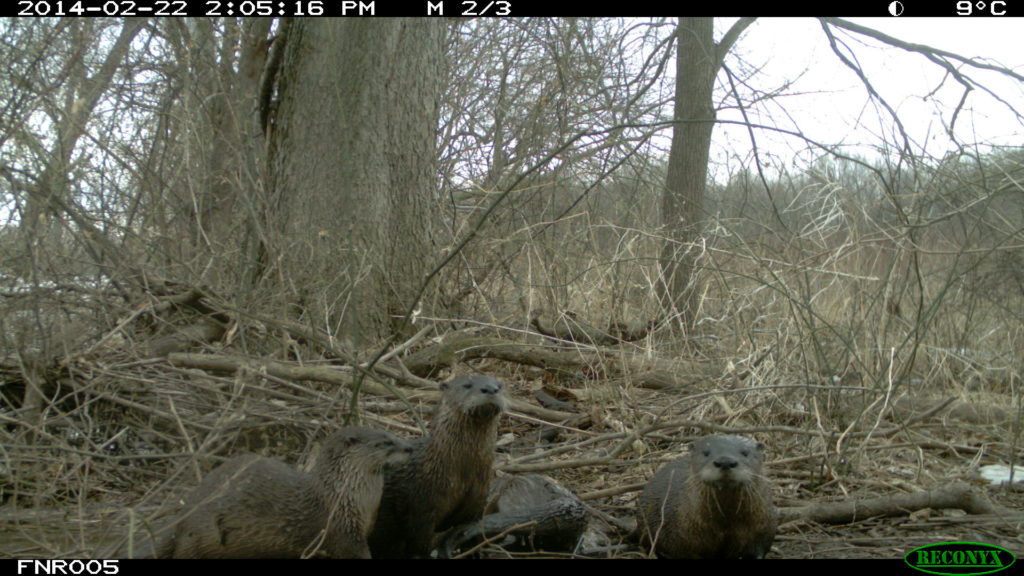Wildlife Conservation Lab

The research conducted in the lab focuses on understanding the interactions between animal behavior (specifically movement patterns) and landscape patterns of habitat resulting from human activity (e.g., forest management or fragmentation). this research relies on iterative combinations of field experiments to define the rules animals use for movement and individually based spatially explicit simulation models to investigate the implications of those rules in circumstances beyond those in which data were collected and thus to motivate additional field work on critical aspects of the interactions between animals and the landscapes in which they live. With research focusing on behavioral ecology and landscape ecology, along with concerned questions regarding conservation of species, the lab studies implications for both theoretical considerations (e.g. understanding animal movement rules and their implications) and also has important applied repercussions for conservation efforts. This computer lab located in FORS 116 is used for running simulation models.
Research faculty
More About Our Research
Learn about our nine Research Areas and meet our world-class faculty members.
FNR research centers seek to support and enhance the research and partnership enterprise at Purdue University. The centers are valued and encouraged as they create a venue for faculty to come together to pursue common goals. Forestry and Natural Resources faculty and staff are involved in six centers at the University.
The Department of Forestry and Natural Resources maintains an impressive collection of state-of-the-art research and education facilities. These labs, green houses, and educational facilities are a fundamental component that enables our faculty and students to learn, make new discoveries, and engage our clients in using these discoveries to sustain our nation’s ecosystems and natural resources.
